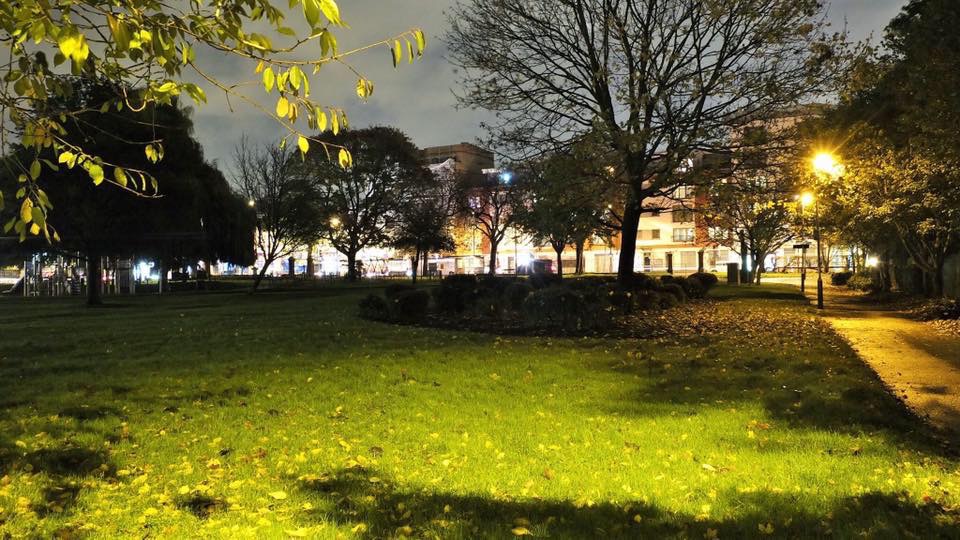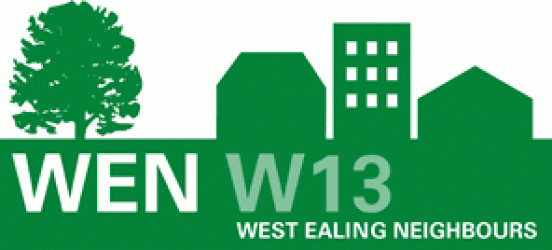Last night I attended the first Ealing Council LDF Advisory Committee Meeting. The Local Development Framework is our National Government’s ‘vehicle’ for Local Authorities to define their preferred use of land within their borders for the next 15 years.
Attendees attending the meeting who were allowed to speak were seven Councillors and a handful of Council Officers. I was one of a precious, small group of residents who were invited to attend as observers. It reminded me of attending a lap dancing club where you could watch the girls ‘dance’, but you were not allowed to touch them.
Chairing the meeting was Leader of the Council Councillor Julian Bell. He was on his first day of holiday from his day job at The Houses of Parliament.
At 2:35 pm on Wednesday 20 July 2011, Ealing Council’s LDF Core Strategy was finally despatched to the Government’s Planning Inspectorate in Bristol. The despatch was expensive as it was via a courier, the Council’s email system having broken down that day. Such expensive haste seems somewhat inappropriate as its transmission postdates some other London boroughs’ LDF submissions by up to three years.
The submitted LDF Core Strategy is not yet available for viewing but Planning Policy Supremo Steve Barton thinks it will exist on the Council’s web site ‘next week’.
Steve Barton spoke at length about the LDF and to some extent the draft Localism Bill (LB) and the draft National Plan Policy Framework (NPPF). Attending Councillors displayed their incomplete knowledge of all these issues. Steve let them off the hook by admitting that even he found it all very confusing and incomplete.
There was talk about an upcoming national commitment to sustainable development. It will be fascinating to see what the definition of this is and whether it is both a qualitative and quantitative definition.
There was a lot of politically correct discussion about involving young people in LDF consultations, discussions and issues. All I can say is that given the Council’s efforts in trying to involve adults in the LDF has been massively unsuccessful and it just fanciful in the extreme to think it can successfully engage many young people in LDF/LB/NPPF machinations.
Steve outlined the on-going LDF work programme, with dates, which if it’s anything like his previous efforts in 2009/10/11 will be subject to slippage. However the Public Inquiry into Ealing Council’s Core Strategy might well take place in Ealing in late September/October 2011. He thinks the strategy will be approved by Ealing Council in March 2012. This all assumes that the Planning Inspector will approve the strategy which is by no means a certainty.
Subsequent LDF Advisory Meetings will be held in September 2011, January 2012 and March 2012.
The issue of the local listing of buildings and structures was next on the agenda. Local listing, although providing no statutory protection against demolition and significant alteration, might make property developers think twice about ‘development’. At this point invited guest Bub Gurd Chair of Ealing Civic Society (ECS) spoke for two minutes. (This was allowed by the meeting chair even though naughty Bob had not followed the correct pre-meeting procedure for formally requesting to speak). Bob pointed out that it was around 10 years since ago that the Council had reviewed the local list. ECS has a ‘Local Gems’ campaign running to encourage residents to submit to ECS details of buildings
they cherish and want to be locally listed. ECS would then batch them all together and submit them to the Council.
Councillor Kate Crawford (Labour: East Acton) then made an eloquent submission which was well received by me and the other residents. Local listing was important she said in terms of developing people’s sense of place and pride in their neighbourhood. She wants Ward Forums to allocate money for information plaques to be mounted on the listed buildings so that people can learn the heritage value of the buildings and structures. She also felt that more education and training was required for Planning Officers on heritage issues.
Councillor Nigel Sumner (Conservative: Hanger Hill) wondered if S106 money could be used in this way. S106 money is a tax developers pay for the privilege of demolishing and building new stuff. Planning Officer Samantha Powell said this was unlikely and pointed out that the upcoming Community Infrastructure Levy (CIL) would limit S106 payments to Affordable Home building and in situ development mitigation costs.
Councillor Jasbir Kaur Anand (Labour: Southall Green) felt the whole listing of local buildings to preserve them worked against traders in her Southall Ward who did not want to be constrained in expanding their buildings /replacing their buildings in order to expand their businesses.
Then came the bombshell. The person who would decide on future local listings/delistings would be Ealing Council’s Director of Property and Regeneration, Mr Brendon Walsh. Mr Walsh has in recent years supported a veritable Demolition Derby of properties including the Broadway cinema, Town Hall extension, Green Man Lane Estate, Singapore Road multi-storey car park, the W13 Youth Club, the original Daniels building, Sinclair House, Westel House, Prince Evans Solicitors building, and the 16 year old Waitrose West Ealing. To put him in charge of protecting and preserving our built heritage is like appointing the Grim Reaper to run the Maternity Wing of a hospital. However he will be required to consult with the Council Leader, who does at least live in Ealing.
It would appear that no such post of Heritage Officer or Conservation Officer exists or is filled within the London Borough of Ealing. Because if it did the holder of the post would surely feature in the defined protocol for local building listing and delisting.
Eric Leach
22 July 2011

